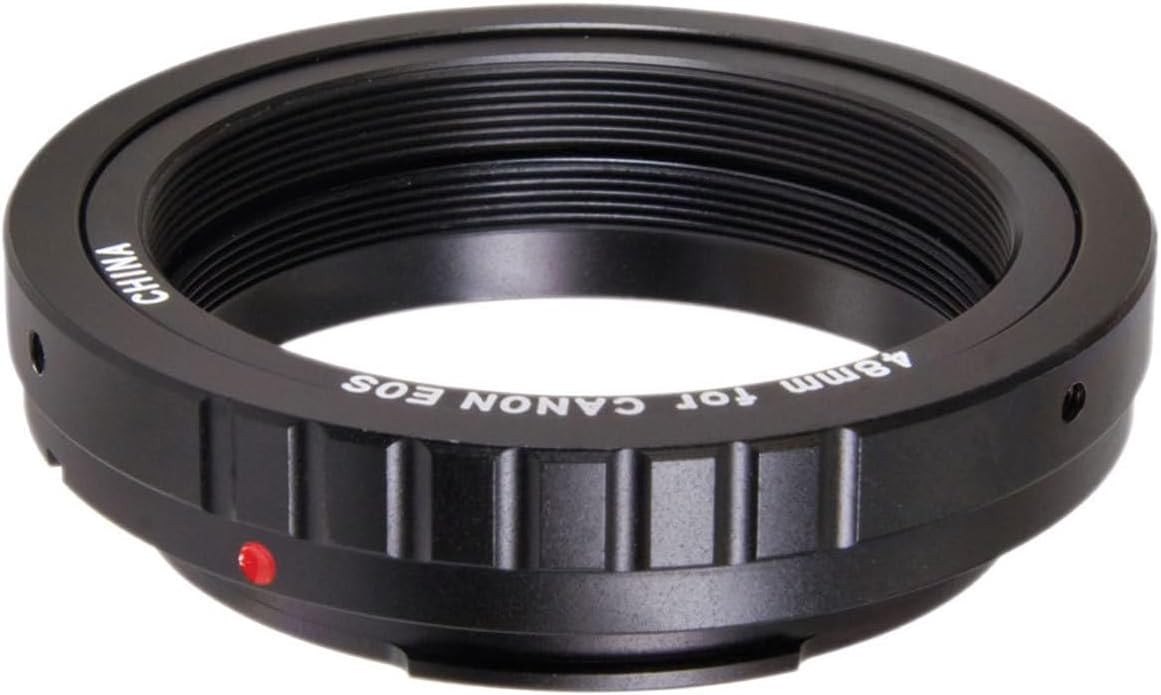
How to Choose the Right Tint Color for Your Sunglasses
Picture this: you’re standing in front of a rack of sunglasses, feeling overwhelmed by the myriad of choices. You want a pair that not only offers style and protection, but also enhances your vision in different lighting conditions. Enter tinted sunglasses – a game-changer when it comes to finding the perfect pair. In this post, we’ll guide you through the process of choosing the right tint color for your sunglasses, ensuring that you not only look great but also experience optimal visual clarity. Say goodbye to squinting in the sun and hello to sunglasses that truly meet your needs.
Top-selling Tinted Sunglasses to Protect your Eyes and Elevate your Style

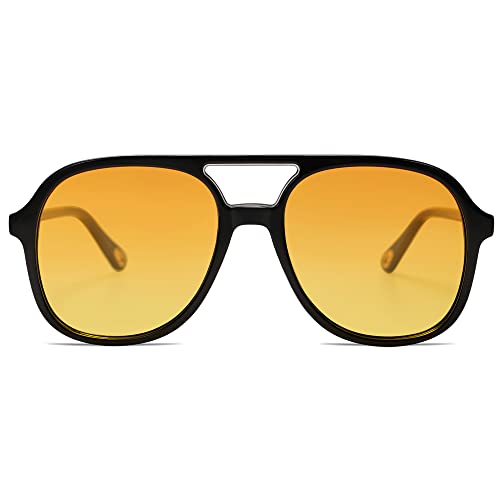



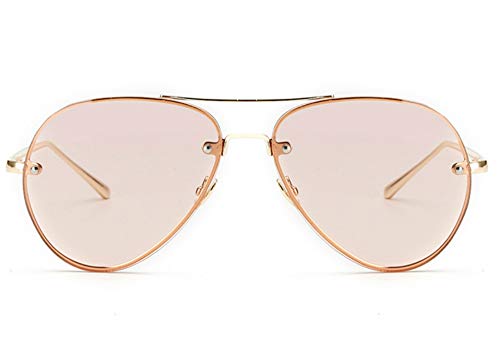
Understanding Tint Colors
When it comes to sunglasses, not only do they shield our eyes from harmful UV rays, but they also help enhance our visual clarity and style. One crucial aspect to consider when choosing sunglasses is the tint color. The tint color affects not only the aesthetics of your shades but also has specific benefits for different activities and lighting conditions. In this blog post, we will explore the different tint colors available for sunglasses and their purposes, giving you the insights you need to make an informed decision.


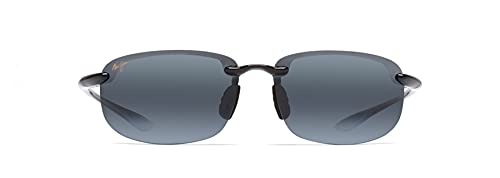
Gray Tint: Versatile and Natural
A popular tint color, gray lenses offer natural color perception and reduce brightness without distorting true colors. Here’s why gray tints are a great choice for many:
- Low Color Distortion: Gray tints provide minimal color distortion, making them perfect for those who want to experience the world as it truly is.
- Versatility: These lenses are suitable for a wide range of activities, from driving to outdoor sports, due to their ability to maintain true color perception.
Brown Tint: Enhanced Contrast and Depth
Brown tinted lenses provide excellent contrast, making them great for both everyday use and specific activities. Here’s why brown tints might be the perfect choice for you:
- Enhanced Contrast: Brown tints amplify contrast, providing improved depth perception and enhancing visual acuity in varying lighting conditions.
- Ideal for Sports: These lenses are particularly popular among outdoor enthusiasts and athletes, as they enhance visibility in bright and sunny environments.
Green Tint: Cool and Relaxing
Offering a unique visual experience, green tinted lenses have their own set of advantages that may suit your needs. Here’s why you might opt for green-tinted sunglasses:
- Relaxing Effect: Green tints have a soothing effect on the eyes, reducing eyestrain and fatigue.
- Good Color Perception: While providing a cool aesthetic, green tints maintain a relatively true color perception, making them suitable for various activities.
Yellow Tint: Optimize Low-Light Conditions
Yellow tinted lenses are specifically designed for low-light and overcast conditions. Here’s why you might want to consider them:
- Increased Visibility: Yellow tints enhance contrast in low-light environments, making objects appear sharper and clearer.
- Reduced Blue Light: These lenses filter out a significant amount of blue light, reducing eye strain and enhancing visual comfort.
Mirrored Tints: Reflective Elegance
Mirrored tints add a touch of style and mystery to your sunglasses. Here’s what you should know about mirrored lenses:
- Enhanced Glare Reduction: Mirrored coatings reduce glare by reflecting light away from the eyes, improving comfort in bright conditions.
- Added Privacy: The mirror-like finish adds a layer of privacy, preventing others from seeing your eyes while still allowing you to see clearly.
Choosing the Perfect Tint Color: A Quick Comparison
To make your decision even easier, here’s a quick comparison of the different tint colors:
| Tint Color | Benefits |
|---|---|
| Gray | Natural color perception, versatile |
| Brown | Enhanced contrast, ideal for sports |
| Green | Cool and soothing, good color perception |
| Yellow | Increased visibility in low-light |
| Mirrored | Enhanced glare reduction, added privacy |
Now that you have a better understanding of the different tint colors available for sunglasses, you can make an informed choice based on your needs and preferences. Remember, selecting the right tint color not only enhances the visual experience but also provides comfort and protection for your eyes. So, go ahead and find the perfect pair of sunglasses that suits your style and the activities you love!
Consider your Lifestyle and Activities
When choosing a tint color for your sunglasses, it is crucial to consider your lifestyle and the activities you engage in regularly. Different tint colors can enhance or affect visibility in specific situations, such as driving, sports, or outdoor activities. In this blog section, we will explore the importance of choosing the right tint color based on your lifestyle and activities.



Driving
Driving requires clear vision and the ability to accurately judge distances. The right tint color can greatly improve your visibility and comfort while on the road. Here are some considerations:
- Gray Tint: Gray tints are a popular choice for driving as they maintain true color perception. They help reduce glare without distorting other colors, making them ideal for long drives and minimizing eye strain.
- Amber/Yellow Tint: Amber or yellow tints enhance contrast and depth perception, making them beneficial when driving in low light conditions such as fog, rain, or at dusk. They can also help reduce the blinding effect of oncoming headlights.
- Polarized Lenses: While not a tint color, polarized lenses are worth considering for driving. They reduce glare from reflective surfaces like the road or car bonnet, allowing for better visibility and improved reaction time.
Sports and Outdoor Activities
Engaging in sports or outdoor activities requires specific visual requirements to achieve optimal performance and protection. Let’s take a look at some tint colors suitable for different activities:
- Green Tint: Green tints enhance the visibility of moving objects against a blue or white background. They are commonly used in sports like golf, tennis, and baseball.
- Blue Tint: Blue tints are great for outdoor activities near bodies of water, as they enhance color perception and reduce glare. They are perfect for water sports like fishing, sailing, or kayaking.
- Rose/Red Tint: Rose or red tints enhance depth perception and contrast, making them ideal for shooting sports like archery or clay pigeon shooting.
- Mirror Coatings: Mirror coatings are not a tint color but can be added to any tinted lens. They reflect light away, reducing glare and providing added protection during highly reflective activities like skiing or snowboarding.
Comparison Table
For a quick overview of the different tint colors and their benefits, here’s a comparison table:
| Tint Color | Benefits |
|---|---|
| Gray | Maintains true color perception, reduces glare and eye strain |
| Amber/Yellow | Enhances contrast, ideal for low light conditions |
| Green | Improves visibility against blue or white backgrounds |
| Blue | Enhances color perception, reduces glare near water |
| Rose/Red | Enhances depth perception and contrast |
| Mirror Coating | Reflects light, reduces glare and for highly reflective activities |
Remember, it’s important to choose a tint color that complements your lifestyle and activities. Prioritize visual comfort and safety when making your decision. Don’t hesitate to consult with an eye care professional who can guide you in choosing the right tint color based on your specific needs.
Considering your lifestyle and activities will ensure that you get the most out of your sunglasses, enhancing your visual experience and providing valuable protection against harmful UV rays. So, next time you shop for sunglasses, consider your lifestyle and make a smart choice!
Matching Tint Color with Skin Tone
Finding the perfect tint color to enhance your complexion can make a significant difference in your overall appearance. Different tint colors can either complement or clash with various skin tones. In this blog section, we will explore how to select a tint color that suits your complexion and enhances your beauty.

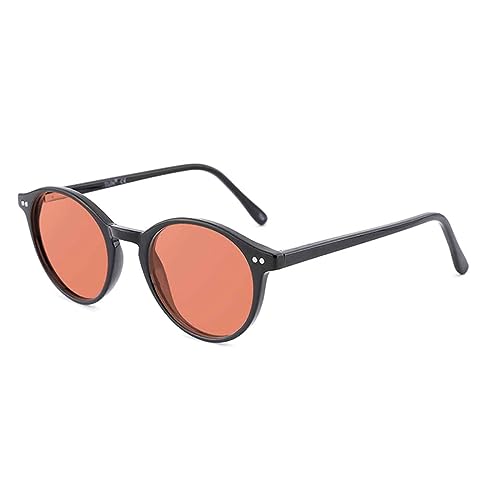

Understanding Skin Undertones
Before we delve into finding the right tint color, it’s crucial to understand your skin’s undertone. Undertones are the subtle hues beneath the surface of your skin that affect how colors look on you. There are three main undertones: cool, warm, and neutral. Here’s how you can determine your undertone:
Cool undertones: Your skin will have hints of pink, red, or blue. You may also notice veins that appear more blue or purple.
Warm undertones: If your skin has a touch of gold, yellow, or peach, you have warm undertones. The veins on your wrist may appear more greenish.
Neutral undertones: Neutral undertones are a mix of warm and cool hues. Your skin may have a combination of pink and peach or a balance of warm and cool hues.
Complementing Tint Colors for Different Skin Tones
Once you’ve determined your skin’s undertone, you can focus on selecting the perfect tint color that will complement and enhance your complexion. Here are some guidelines to keep in mind:
For Cool Undertones
- Berry shades: Opt for cool and rich berry-toned tints such as plum, deep reds, or cherry. These shades create a beautiful contrast against cool undertones.
- Mauve and lavender: Soft shades like mauve and lavender work wonders for cool undertones, as they add a touch of warmth without clashing with the natural coolness of the skin.
- Pink hues: Rosy pinks, baby pinks, and cool-toned lipsticks can bring out the best in cool undertones.
- Avoid: Be cautious with warm or orange-based colors, as they can clash with cool undertones.
For Warm Undertones
- Peach and coral: Warm undertones can rock shades like coral, warm peach, or apricot. These hues enhance the warmth in the skin and create a glowing effect.
- Golden shades: Opt for golden or bronze tints to complement your warm undertones. These shades add a sun-kissed look to your complexion.
- Terracotta and brick: Rich and earthy shades like terracotta or brick red can bring out the warmth in your skin.
- Avoid: Steer clear of cool-toned blues or purples, as they can make warm undertones appear dull or sallow.
For Neutral Undertones
If you have neutral undertones, you’re fortunate as most tint colors will suit your complexion. You can experiment with a wide range of shades and find what suits your preferences. However, some shades that tend to work especially well include:
- Nude tones: Go for nude hues that align with your skin’s undertone and don’t wash out your complexion.
- Coral and rose: These shades can enhance the natural balance of cool and warm in your skin.
- Soft peach: Soft peach tints and lipsticks can add a subtle warmth and radiance to your neutral undertones.
Tips for Choosing the Right Tint Color
To ensure you choose a tint color that suits your complexion and enhances your overall appearance, consider the following tips:
- Try before you buy: Test the tint color on a discreet part of your skin before purchasing. This will help you see how well it matches your skin tone.
- Consider your eye and hair color: Harmonizing your tint color with your natural eye and hair colors can create a cohesive and flattering look.
- Look for balance: Aim for a tint color that doesn’t overpower your natural complexion but rather enhances it.
- Take into account the occasion: Choose a tint color that suits the occasion and enhances your desired look.
- Consult with a stylist: If you’re unsure about which tint color will suit you best, consider seeking professional advice.
Remember, choosing the right tint color can not only enhance your complexion but also boost your confidence. Experiment, have fun, and embrace the power of tints to bring out your natural beauty!
Additional Factors to Consider
When choosing a tint color for your sunglasses, there are some additional factors that you should take into consideration. These factors can greatly impact your overall visual experience and enhance the functionality of your sunglasses. In this blog section, we will discuss three important aspects to consider: the level of brightness, UV protection, and personal preferences. We will also provide insights on polarized lenses, gradient tints, and photochromic lenses.
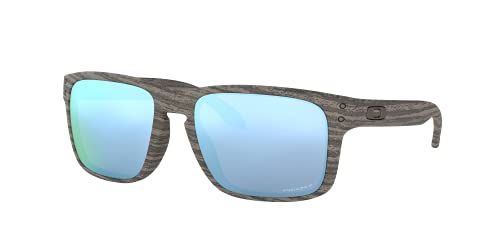


Level of Brightness
The level of brightness in your environment plays a crucial role in determining the tint color that would work best for you. Consider the following points:
- Low Light Conditions: If you often find yourself in low light conditions, such as during early morning or late afternoon, you may want to opt for lighter tint colors. These colors allow more light to pass through, ensuring optimal visibility.
- Bright Light Conditions: On the other hand, for those sunny days or intense light conditions, darker tint colors can effectively reduce glare and provide better comfort and clarity.
- Variable Light Conditions: If your daily activities involve moving between various light conditions, you might want to consider photochromic lenses (which we’ll discuss later). These lenses automatically adjust their tint level based on the amount of sunlight present, offering versatile protection.
UV Protection
Protecting your eyes from the harmful effects of UV rays is crucial, regardless of the tint color you choose. Here’s why UV protection matters:
- UVA and UVB Rays: UV rays, specifically UVA and UVB, are harmful to your eyes and can contribute to conditions like cataracts and macular degeneration. Ensure that your sunglasses provide 100% protection against these rays.
- Polarized Lenses: Polarized lenses not only reduce glare but also block 100% of harmful UV rays, preventing them from entering your eyes. This added layer of UV protection is an important consideration when choosing the right tint color.
Personal Preferences
Besides considering the functionality and UV protection, your personal preferences should also play a part in your decision-making process. Here are a few aspects to think about:
- Fashion and Style: Sunglasses are not just a practical accessory; they can also be a fashion statement. Choose a tint color that complements your personal style and enhances your overall look.
- Visual Comfort: Some people find certain tint colors to be more visually comfortable than others. Experiment with different options and see which color provides the most comfortable viewing experience for you.
Polarized Lenses
Polarized lenses are immensely popular due to their ability to reduce glare and improve clarity. Here are some key points about polarized lenses:
- They reduce glare by blocking reflected light from shiny surfaces, such as water or car windshields.
- A common misconception is that polarized lenses offer UV protection. While polarized lenses can reduce glare, not all are necessarily UV-protected. Make sure to check if the lens provides both features.
- Polarized lenses are ideal for activities like driving, water sports, or any situation where glare can be a problem.
Gradient Tints
Gradient tints offer a stylish and functional approach to sunglasses. Here’s what you need to know:
- Gradient tints have a darker shade at the top and gradually become lighter towards the bottom of the lens. This design allows for better visibility of objects in the distance while providing shade from overhead sunlight.
- They are commonly used for fashion sunglasses, but can also be useful for outdoor activities where you need a clear view of your surroundings.
Photochromic Lenses
Photochromic lenses, also known as transition lenses, adapt to the changing light conditions automatically. Consider the following benefits:
- The lenses adjust their tint level based on the amount of UV radiation they are exposed to. They darken in bright sunlight and lighten indoors or in low light conditions.
- Photochromic lenses provide convenience as you don’t need to switch between different sunglasses for various light conditions.
- They also offer UV protection, making them a versatile choice for those who frequently transition between different environments.
In summary, when choosing a tint color for your sunglasses, consider the level of brightness in your surroundings, prioritize UV protection, and factor in your personal preferences. Additionally, explore options like polarized lenses, gradient tints, and photochromic lenses to enhance your visual experience and comfort.
The Final Verdict: Finding Your Perfect Tint Color
In conclusion, selecting the right tint color for your sunglasses is crucial for both style and vision protection. By taking into account your lifestyle, skin tone, and personal preferences, you can make an informed decision that enhances your overall experience. Whether you opt for a neutral gray tint for true color perception or a warm brown tint for improved contrast, the key is to choose a tint that suits your needs. When in doubt, consulting with an optician can provide valuable guidance. Invest in sunglasses that not only reflect your style but also provide optimal vision and protection against harmful UV rays.


